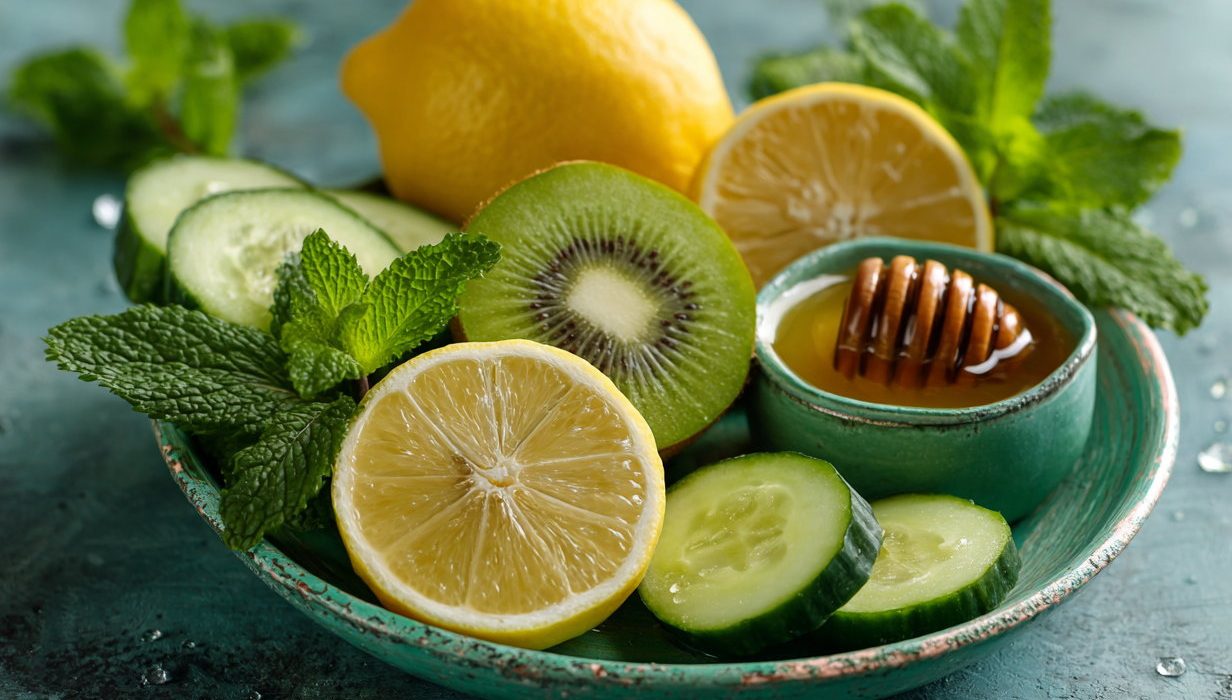The skincare aisle doesn’t have to be scary. Here’s how to decode your skin type and choose the moisturiser it actually wants.
Let’s face it – choosing a moisturiser can feel like online dating. So many options, confusing labels, and everyone claiming to be “the best.” Gels, creams, oils… it’s a whole thing. But here’s the cheat code: it all boils down to understanding your skin type. Ready to swipe right on your perfect match? Let’s decode it in 5 easy steps.
Identify Your Skin Type
Before you even glance at a label, know what you’re working with. Here’s a quick cheat sheet:
- Oily Skin: Shiny T-zone, prone to breakouts.
- Dry Skin: Feels tight, flaky, or rough.
- Combination Skin: Oily in some areas (like the forehead and nose), dry in others.
- Sensitive Skin: Reacts easily to products, often red or itchy.
- Normal Skin: Balanced – not too oily or dry.
Pro tip: If your skin feels tight right after cleansing, you’re likely on the drier side. If it gets shiny within a couple of hours, you’re probably oily.
Understand What Ingredients Work Best for You
Once you know your skin type, look out for ingredients that feed it – not fight it.
- Oily Skin: Look for lightweight, non-comedogenic (won’t clog pores) formulas. Gel-based moisturisers with ingredients like hyaluronic acid, niacinamide, or salicylic acid are ideal.
- Dry Skin: Opt for rich, creamy formulas. Ingredients like ceramides, glycerin, shea butter, or squalane help lock in moisture and repair the skin barrier.
- Combination Skin: Use a balancing formula or apply different moisturisers to different zones. Lightweight lotions with both hydrating and mattifying ingredients work well.
- Sensitive Skin: Go fragrance-free and stick to calming ingredients like aloe vera, oat extract, or panthenol. Avoid alcohol, artificial dyes, and harsh acids.
- Normal Skin: Lucky you! Most moisturisers will work. Go for a formula with antioxidants (like vitamin E or green tea) to maintain skin health.
Match the Texture to Your Needs
The texture of your moisturiser matters just as much as the ingredients. Here’s a quick breakdown:
- Gel: Best for oily or acne-prone skin. Lightweight and fast-absorbing.
- Lotion: Great for normal or combo skin. Hydrating but not too heavy.
- Cream: Ideal for dry or mature skin. Rich and nourishing.
- Ointment/Balm: For extremely dry or damaged skin. Thickest texture with maximum occlusion.
Consider the Climate (and Season!)
Don’t forget to factor in where you live and what season it is:
- Humid climates: You can get away with lighter, gel-based formulas.
- Cold, dry weather: You’ll need something richer to prevent moisture loss.
- Monsoon/wet seasons: Go for water-based, quick-absorbing moisturisers that won’t feel sticky.
Your skin’s needs shift throughout the year, so it’s okay if your summer moisturiser looks different from your winter one!
Patch-Test Before You Commit
Before slathering a new moisturiser all over your face, always do a patch test. Apply a small amount to your jawline or behind your ear for 24 hours. If there’s no reaction, you’re good to go.







